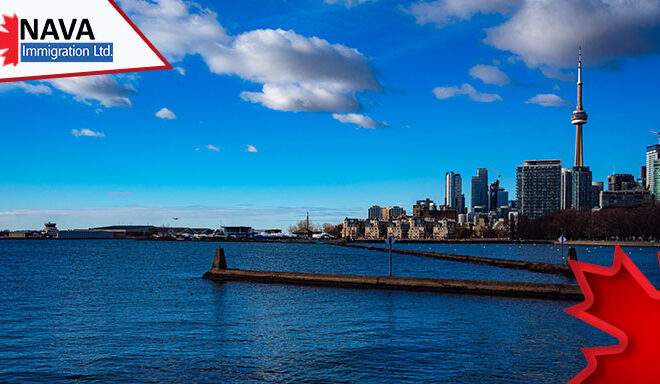Which Canadian regions may see less temporary foreign workers?
On August 26, ESDC declared that it would suspend the processing of LMIA under the Low Wage Stream of the Temporary Foreign Worker Program – for employees located in Census Metropolitan Areas (CMAs) with an unemployment rate equal to or higher than 6%. Here’s which Canadian regions may see less temporary foreign workers.
Well, to qualify as a CMA, the area should have a total population of at least 100,000, with a minimum of 50,000 residing in the core.
While the ESDC news announcement detailed the steps IRCC would take to curb the misuse of the program, the declaration did not confirm which CMAs would be affected.
The following table lists the CMAs with an unemployment rate equal to or higher than 6% as of September 6.
| CMA | Unemployment Rate |
| Abbotsford-Mission, British Columbia | 6.7 |
| Barrie, Ontario | 6.2 |
| Brantford, Ontario | 6.3 |
| Calgary, Alberta | 7.6 |
| Edmonton, Alberta | 8.5 |
| Greater Sudbury, Ontario | 6.2 |
| Halifax, Nova Scotia | 6.1 |
| Hamilton, Ontario | 7.4 |
| Kingston, London | 6.6 |
| Kitchener – Cambridge – Waterloo, Ontario | 7.6 |
| London, Ontario | 7.5 |
| Montreal, Quebec | 7.3 |
| Oshawa, Ontario | 8.5 |
| Ottawa – Gatineau, Ontario | 7.1 |
| Ottawa – Gatineau, Quebec | 6.9 |
| Regina, Saskatchewan | 6.8 |
| Saint John, New Brunswick | 6.8 |
| St. Catharines – Niagara, Ontario | 7.5 |
| St. John’s, Newfoundland and Labrador | 7.2 |
| Toronto, Ontario | 8.6 |
| Trois – Rivières, Québec | 6.5 |
| Vancouver, British Columbia | 6.2 |
| Windsor, Ontario | 9.8 |
| Winnipeg, Manitoba | 6.3 |
What Are CMAs?
Which Canadian regions may see less temporary foreign workers? Well, the table given above depicts this.
In addition, a CMA is a region formed by one or more adjacent municipalities around the core population center.
This classification is based on data from the most recent Census of Population Program. Municipalities included in a CMA should demonstrate a high degree of economic as well as social integration with the core, as measured by commuting patterns. Unlike Census Agglomerations (CAs), once an area is designated as a CMA, it retains this status even if its population falls below the population threshold.
It is vital to note that CMAs are not the same as cities. For instance, while Toronto and Mississauga are Canada’s first and seventh largest cities by population, they are both under the CMA for Toronto.
Why Is Canada Pursuing A Policy Of Cutting Back Temporary Foreign Workers In Certain Areas?
Which Canadian regions may see less temporary foreign workers? Well, the table given above reveals all the names of the regions.
ESDC’s recent policy change regarding temporary foreign workers in Canada comes in the wake of increased scrutiny of the program in particular and of temporary resident levels in general.
In March, Employment Minister Randy Boissonault and Immigration Minister Marc Miller held a joint press conference to declare the inclusion of temporary resident levels within the annual Immigration Levels Plan—a first for Canadian Immigration—to help address domestic issues/ problems around affordability and housing stock.
At this press conference, Minister Boissonault announced more measures to reduce Canadian employers’ reliance on temporary foreign workers. He cited problems with their compliance with TFWP standards and the artificial depression in wages that rampant use of the program could bring.
ESDC’s continued rollback of pandemic-era TFWP policies has also been a theme throughout the year, with labor market realities in Canada changing greatly since the end of the pandemic.
If you seek information on how to begin your Canada immigration application process, you can talk to our NavaImmigration experts at 1800-918-8490, or you can drop us an email at [email protected].





